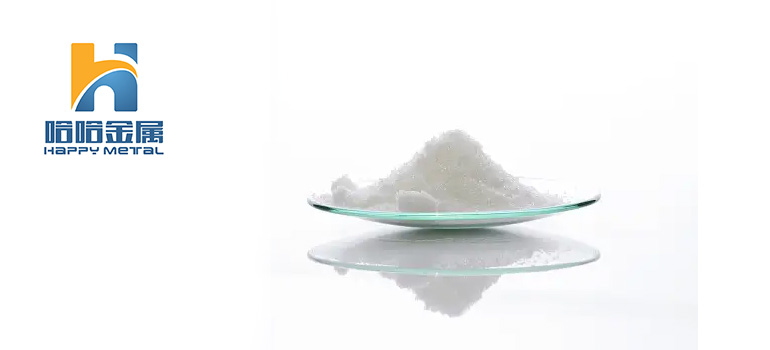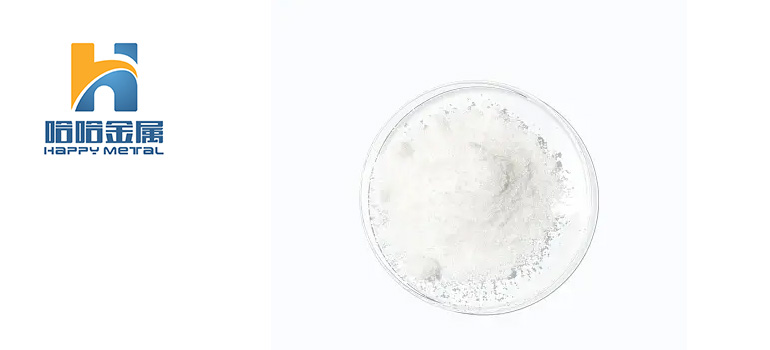In the modern food industry, various additives are widely used to improve food quality and extend shelf life. Among them, sodium phosphate plays multiple roles as an important food additive. This article will delve into the application of sodium phosphate in food from multiple perspectives, including its safety, use, and potential effects.
What is sodium phosphate
Sodium phosphate refers to a class of inorganic compounds containing sodium ions (Na+) and phosphate ions (PO ₄3 ⁻). These compounds are commonly used in various industrial, scientific, and medical applications. In the food industry, it is widely used to improve the texture and maintain the color of food. There are various types of sodium phosphate, including monosodium phosphate (NaH2PO4), disodium phosphate (Na2HPO4), and trisodium phosphate (Na3PO4).
Different forms of sodium phosphate have different applications, such as sodium dihydrogen phosphate, which is often used as a starter for yeast food.
Here are some key points about different types of sodium phosphate:
Sodium dihydrogen phosphate (NaH2PO ₄):
Also known as sodium dihydrogen phosphate.
It is often used as a pH buffer in various laboratories and industrial processes.
In the food industry, it is used as a leavening agent in fermentation powder.
Disodium phosphate (Na2HPO ₄):
Also known as sodium hydrogen phosphate.
Used as a food additive and buffer.
In the food industry, it is sometimes used to regulate the pH value of processed food.
Trisodium phosphate (Na Å PO ₄):
Composed of three sodium ions and one phosphate ion.
It is used for cleaning and degreasing applications, such as household cleaning products.
In some countries, it has been used as a food additive, but due to potential health issues, its use for this purpose is decreasing.
The role of sodium phosphate in food

The application of sodium phosphate in food is extremely diverse. It can not only serve as a yeast activator to promote the expansion of flour products such as bread, but also as an emulsifier to improve the texture of dairy products. In addition, sodium phosphate is also commonly used in the processing of meat products to improve the stability and moisturizing properties of meat.
Although sodium phosphate is widely used in food processing, its safety has always been controversial. We will delve into existing scientific research and regulatory assessments to understand the potential impact of sodium phosphate on human health. In addition, we will also discuss reasonable intake and possible side effects.
In addition to its application in the food industry, there are some aspects of sodium phosphate that may not be widely understood by people. This includes its application in the pharmaceutical field and its presence in certain cleaning agents. We will unveil the mystery of sodium phosphate and showcase its versatility in different fields.
Given the presence of sodium phosphate in food, we will provide some suggestions on how to make healthier choices in our daily diet. This may include choosing more natural foods, carefully reading food labels, and minimizing the intake of processed foods.
To ensure the rational use of sodium phosphate in food, we suggest establishing stricter regulatory standards, encouraging food producers to adopt healthier alternatives, and guiding consumers to pay more attention to food labeling to better understand the ingredients of the food they purchase.
By deeply understanding the application, safety, and some unknown facts of sodium phosphate in food, we hope readers can have a more comprehensive understanding of this food additive. Although sodium phosphate has its irreplaceable role in the food industry, consumers should still pay attention to it and use it rationally to ensure the safety and health of food when pursuing a healthy lifestyle.
You maybe interested in the following :The use of ammonium sulfate as fertilizer




